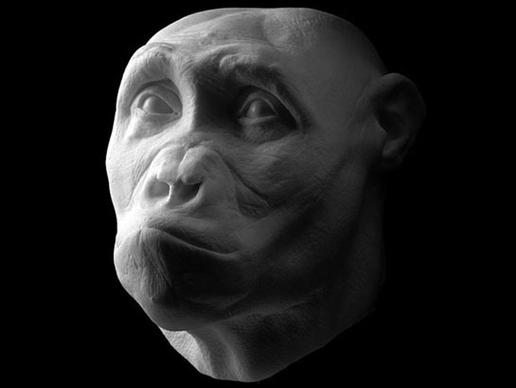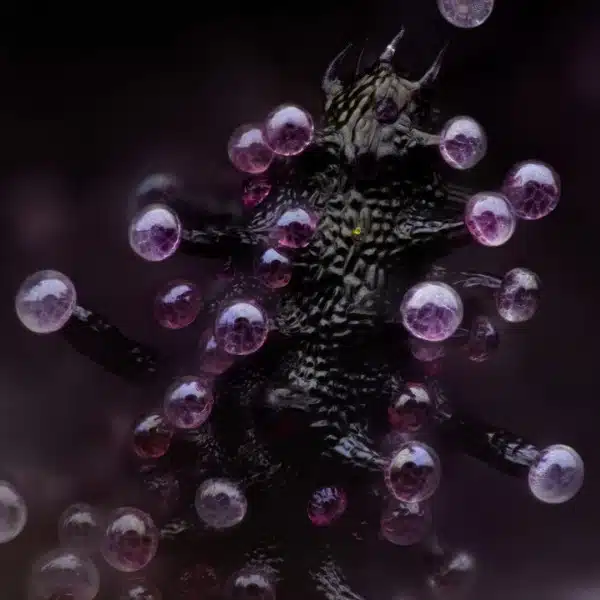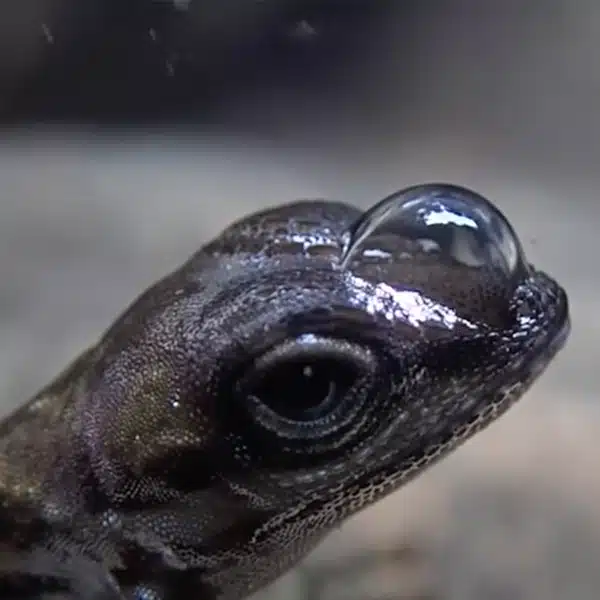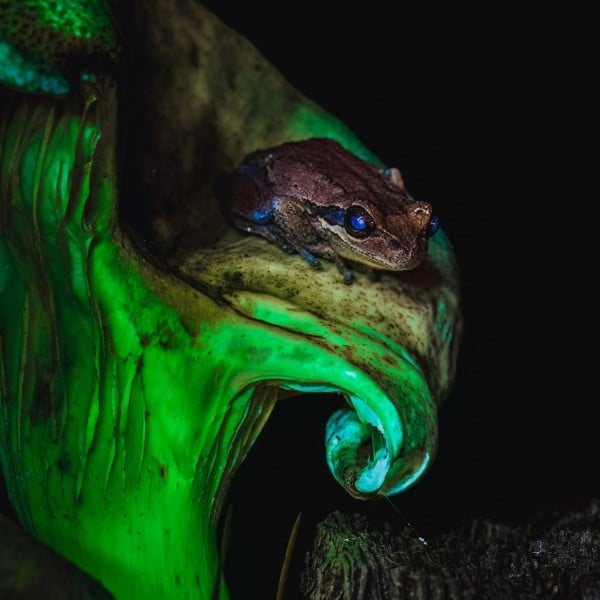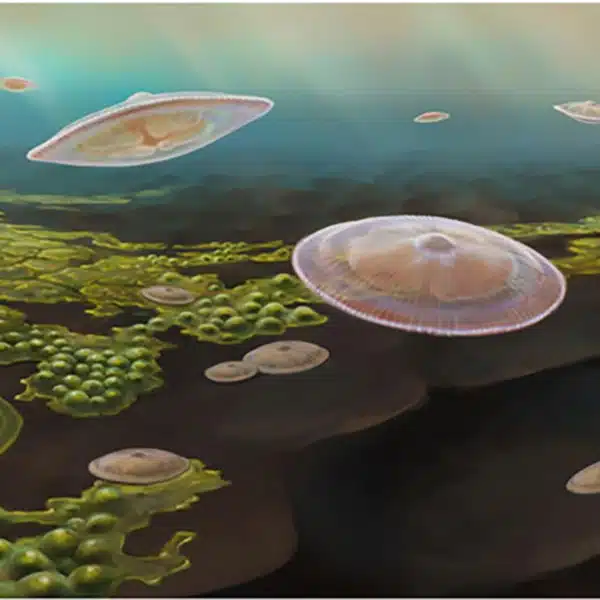As part of the Safari zum Urmenschen exhibition (translated as Safari to Early Humans) at the Senckenberg Natural History Museum in Frankfurt, Germany, researchers used forensic technology to reproduce the evolution of the human head, spanning over millions of years. The controversial series of models, highlighting 27 molds of human ancestral faces, were carefully constructed based on discovered skulls, teeth, and tiny bone fragments that date back to about 7 million years ago.
The meticulously sculpted heads are the anthropological products of years of excavation in Africa, Asia, and Europe; thoroughly researched by scientists at Senckenberg Research Institute. Each face tells its own story about the lives of humans in their respective era, including: “where they lived, what they ate, [and] their likely cause of death.” The ancestral gallery presents a look at mankind's physical evolution that has been turned into a video by Dan Petrovic, depicting the gradual shift in facial features. Scroll down to view the video.
Researchers used forensic technology to reproduce the evolution of the human head, spanning over millions of years.
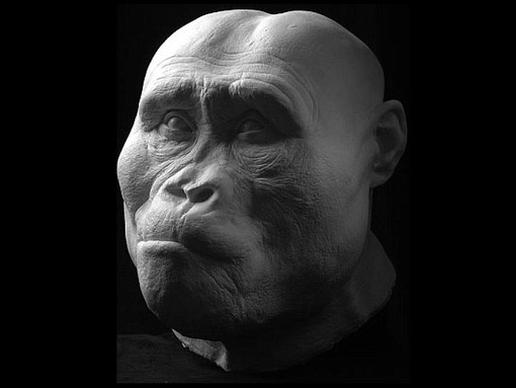
Australopithecus afarensis

Australopithecus africanus
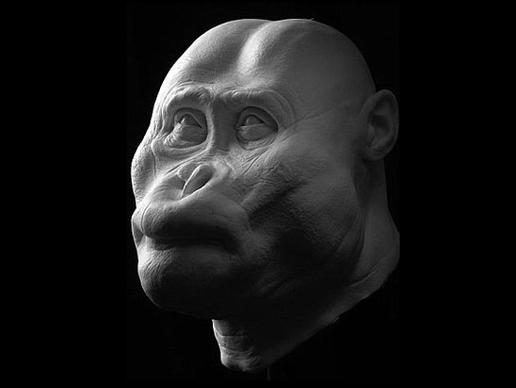
Paranthropus aethiopicus
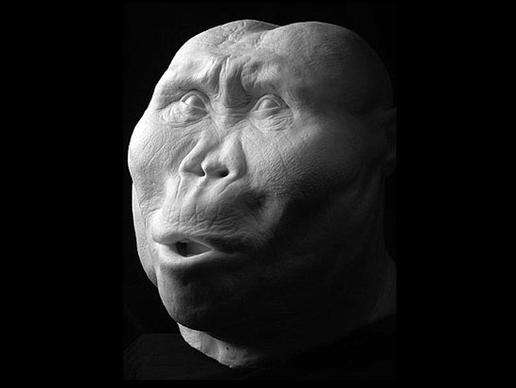
Paranthropus boisei
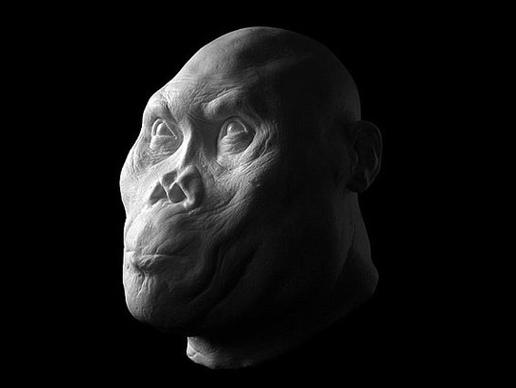
Homo rudolfensis
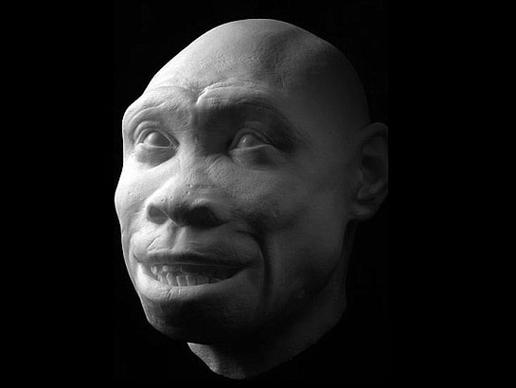
Homo ergaster
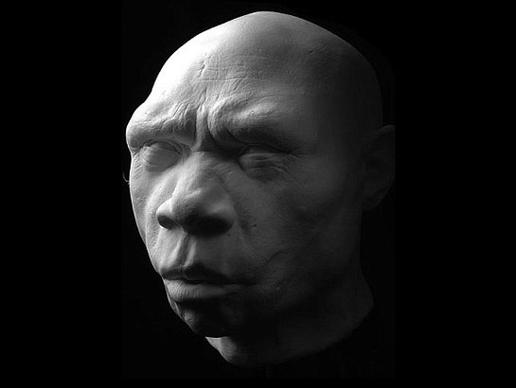
Homo heidelbergensis
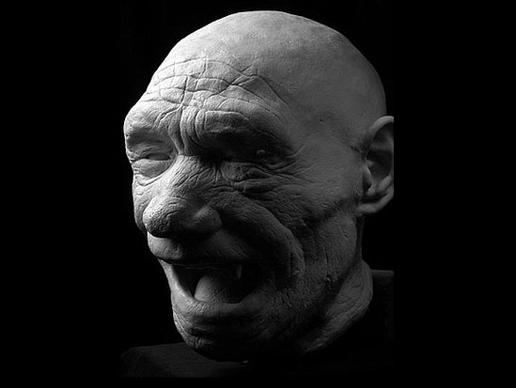
Homo neanderthalensis
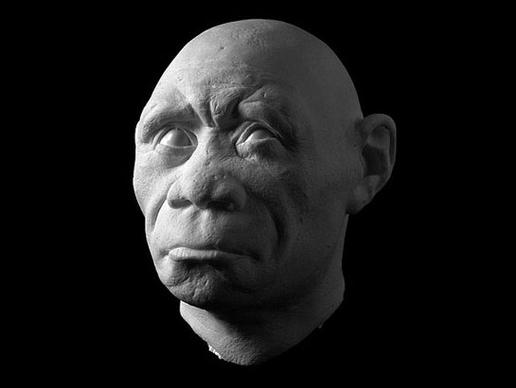
Homo floresiensis
Watch how human faces have evolved over time in this visualization by Dan Petrovic:
h/t: [thinx, Discovery, Dan Petrovic]
This article has been edited and updated.
Related Articles:
DNA Analysis Reveals Interesting Information About the Origins of Native Americans
More and More Humans Have an Extra Artery, Proof of Ongoing Evolution
Scientists Use DNA To Reconstruct Face of 19th-Century Man Accused of Being a Vampire
Scientists Successfully Sequence the DNA of Man From the Pompeii Eruption for the First Time
